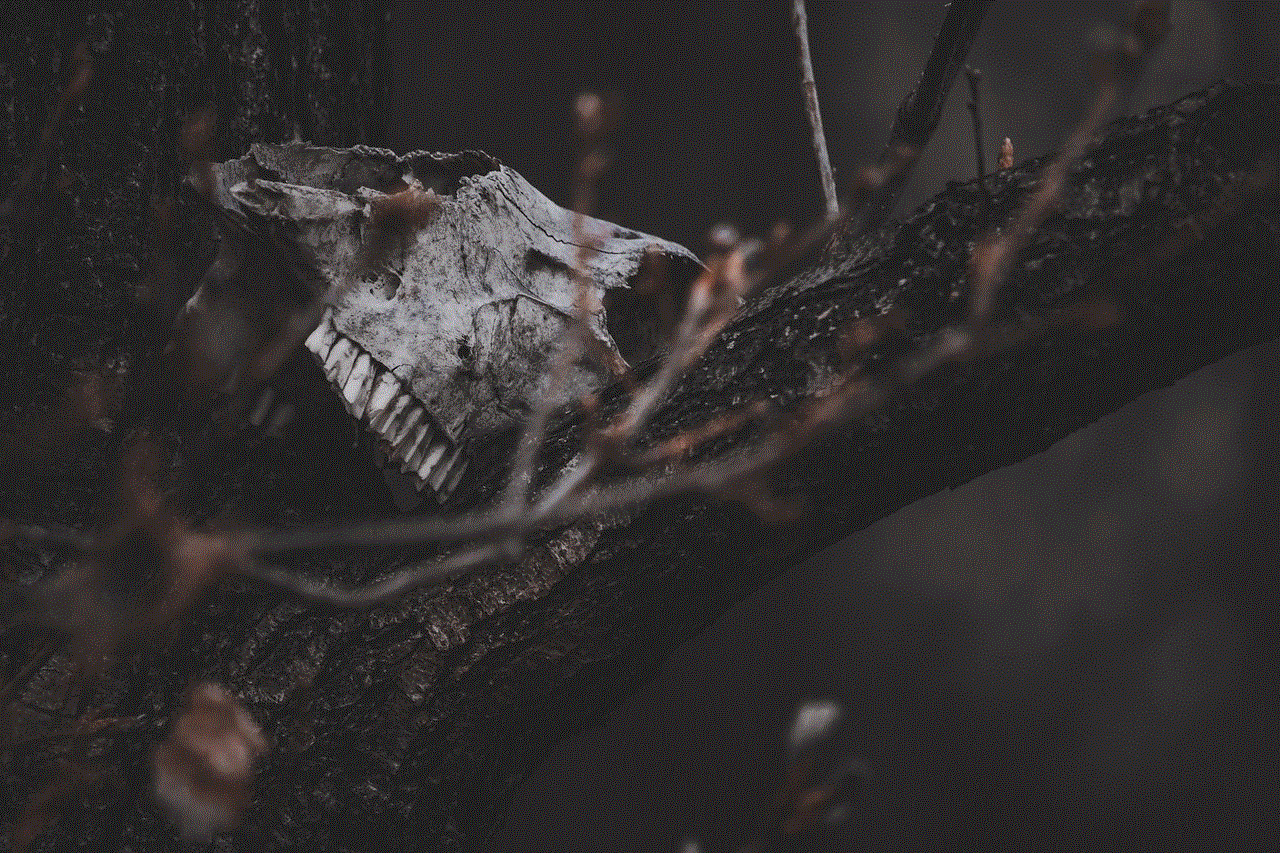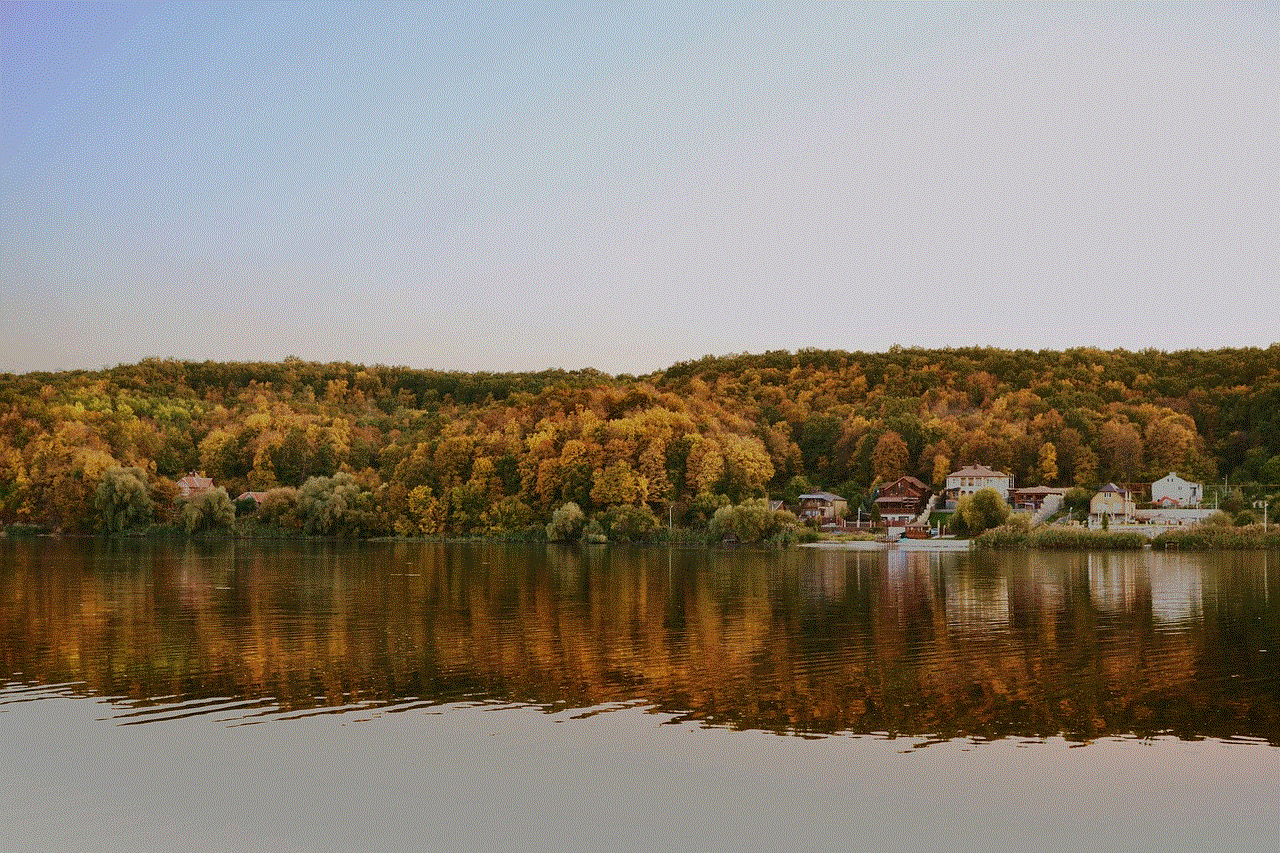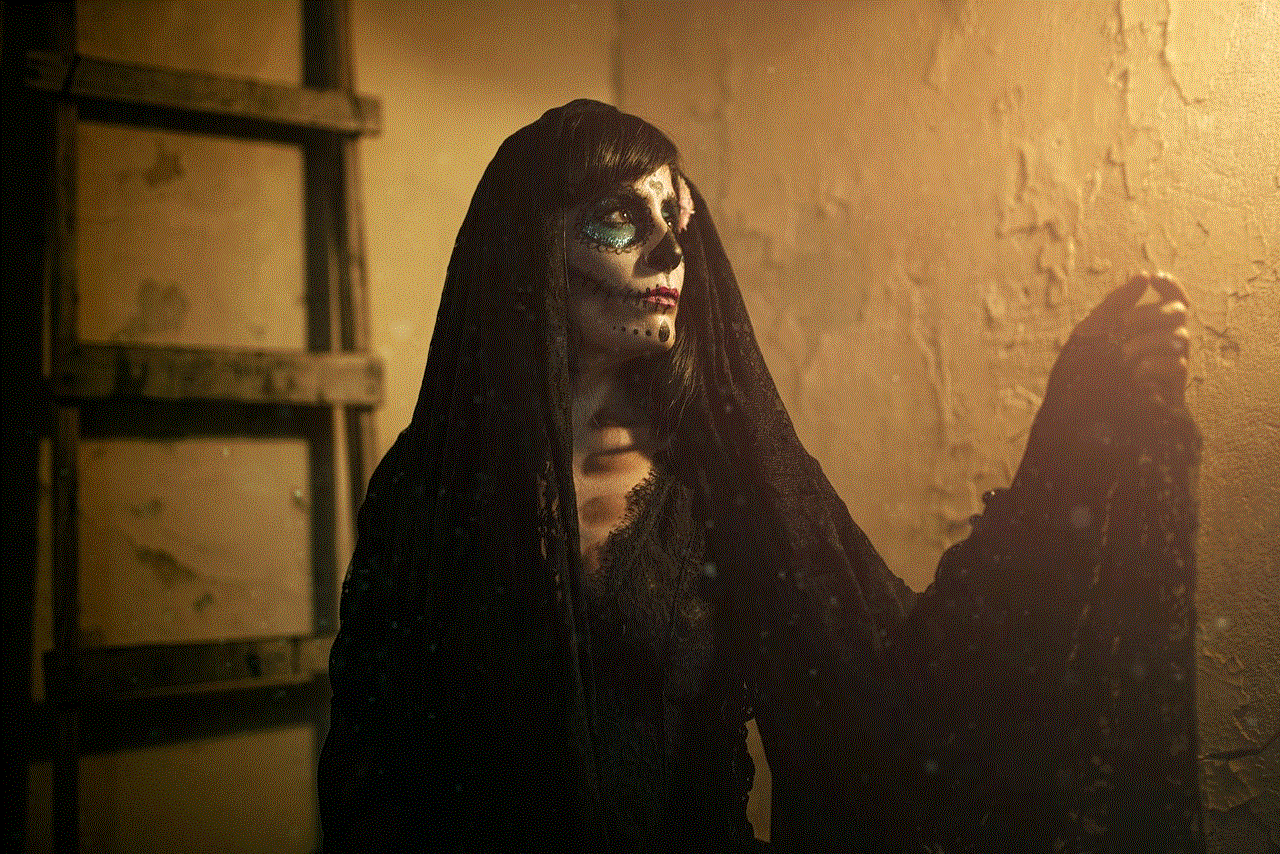how to deal with a jealous stepmother
Title: Coping with a Jealous Stepmother: Building a Healthy Relationship
Introduction:
Having a stepmother can be a wonderful experience for many individuals, as it can bring new love, support, and guidance into their lives. However, in some cases, stepmothers may experience jealousy, leading to strained relationships within the family. This article aims to provide guidance on how to deal with a jealous stepmother, fostering a harmonious environment for everyone involved.
1. Understand her perspective:
Before addressing the issue, it is crucial to try and understand why your stepmother may be feeling jealous. Jealousy often stems from fear, insecurity, or a lack of recognition. By empathizing with her emotions, you can better approach the situation with compassion and understanding.
2. Open and honest communication:
Communication is the key to resolving any conflict. Set aside time to have an open and honest conversation with your stepmother, expressing your concerns and feelings regarding her jealousy. Choose a calm and neutral environment, ensuring that both parties can speak without interruption or distractions.
3. Active listening:
During the conversation, actively listen to your stepmother’s perspective. By understanding her point of view, you can identify the specific areas or situations that trigger her jealousy. This understanding will enable you to avoid these triggers and work towards a healthier relationship.
4. Seek professional help:
If the issues persist or escalate, consider seeking professional help from a family therapist or counselor. A neutral third party can provide guidance, facilitating productive conversations and helping each family member express their emotions constructively.
5. Foster empathy and patience:
Jealousy is a complex emotion that takes time to overcome. Foster empathy and patience towards your stepmother during this process. Recognize that jealousy may stem from her own insecurities or fears, and be supportive in her journey towards self-improvement and emotional growth.
6. Establish boundaries:
Setting clear boundaries is essential to maintaining a healthy relationship. Communicate your expectations and limits to your stepmother, ensuring that everyone respects each other’s boundaries. This will help create an atmosphere of mutual understanding and respect.
7. Focus on building trust:
Trust is a critical foundation in any relationship. Work towards building trust with your stepmother by being reliable, transparent, and consistent in your behavior. Engage in activities or conversations where you can bond and develop a deeper understanding of each other.
8. Involve your biological parent:
If the situation becomes overwhelming, involving your biological parent can help mediate the issue. Express your concerns and feelings to your parent, and together, find a suitable approach to address the jealousy with your stepmother. Their involvement can provide additional support and guidance.
9. Take care of yourself:
Dealing with a jealous stepmother can be emotionally draining. It is crucial to prioritize your own mental and emotional well-being. Engage in self-care activities that help reduce stress and maintain a positive mindset. Surround yourself with supportive friends and family who can provide a listening ear and advice when needed.
10. Seek support from siblings or stepsiblings:
If you have siblings or stepsiblings who are also experiencing similar issues, consider discussing the situation together. Sharing your experiences can offer a sense of validation and support. By standing united, you can address the issue collectively and work towards fostering a healthier family dynamic.
Conclusion:
Dealing with a jealous stepmother can be challenging, but with open communication, empathy, and patience, it is possible to build a healthier relationship. Remember, everyone has their own insecurities and fears, and by fostering understanding and compassion, you can create a harmonious family environment where love and support can thrive.
youtube how to search history
youtube -reviews”>YouTube has become one of the most popular platforms for consuming and sharing video content. With millions of videos being uploaded and watched every day, it can be challenging to keep track of all the content you have seen on the platform. This is where the search history feature comes in handy. In this article, we will discuss how to search history on YouTube , and how you can use it to your advantage.
What is YouTube Search History?
YouTube search history is a feature that allows you to keep track of all the videos you have watched or searched for on the platform. It is a record of your activity on YouTube, and it can be accessed through your account settings. This feature is available on both the desktop and mobile versions of YouTube, making it easy for users to manage their viewing history.
How to Access Your YouTube Search History?
To access your YouTube search history, you need to be signed in to your account. Once you are signed in, follow these simple steps:
1. Go to the YouTube homepage and click on the three horizontal lines in the top left corner of the screen. This will open the menu.
2. Click on “History” from the menu options. This will take you to your YouTube watch history.
3. On the top right corner of the screen, click on the three vertical dots. This will open a drop-down menu.
4. From the drop-down menu, click on “Manage all activity.”
5. This will take you to a page where you can see your entire YouTube search history.
How to Search Your YouTube History?
Now that you know how to access your YouTube search history let’s discuss how you can search through it. On the “Manage all activity” page, you will see a search bar on the top right corner of the screen. You can use this search bar to look for specific videos or channels in your history. You can also use filters to narrow down your search results by date, type, or device.
Why is YouTube Search History Useful?
1. Easy to Find Previously Watched Videos
One of the most significant benefits of using YouTube search history is that it makes it easy for you to find videos that you have previously watched. Instead of scrolling through your subscriptions or recommended videos, you can simply search for the video you want to watch again.
2. Discover New Content
Your YouTube search history can also help you discover new content that you may have missed. By going through your history, you can see the types of videos you have watched in the past and use that information to find new content that you may be interested in.
3. Keep Track of Your Viewing Habits
YouTube search history is also an excellent tool for keeping track of your viewing habits. By looking at your history, you can see what types of videos you tend to watch the most, which channels you are subscribed to, and how much time you spend on the platform. This information can be helpful in managing your time and making sure you are consuming content that aligns with your interests.
4. Personalized Recommendations
YouTube’s algorithm uses your search history to provide personalized recommendations for you. By understanding your viewing habits, YouTube can suggest videos and channels that are more likely to interest you. This can save you time and help you discover new content that you may not have found otherwise.
5. Clear Your History



Another useful feature of YouTube search history is that you can easily clear it if you want to. If you don’t want YouTube to store your viewing history, you can delete it from your account settings. This can be useful if you share your account with others or if you want to keep your viewing habits private.
Tips for Managing Your YouTube Search History
1. Use Incognito Mode
If you don’t want YouTube to store your search history, you can use the incognito mode. This will prevent YouTube from tracking your activity, but keep in mind that you won’t be able to access your history either.
2. Pause Your History
Another option is to pause your YouTube search history. This will prevent YouTube from recording your viewing activity until you resume it. This can be helpful if you want to take a break from the platform or if you don’t want your viewing habits to be tracked for a certain period.
3. Use Filters to Manage Your History
As mentioned earlier, you can use filters to manage your YouTube search history. You can filter your history by date, type, or device to find specific videos or channels. This can be helpful if you are looking for a video you watched a few weeks ago or if you want to see all the videos you have watched on your mobile device.
4. Delete Individual Videos
If you don’t want a particular video to show up in your YouTube search history, you can delete it individually. To do this, go to your history, find the video you want to delete, and click on the three vertical dots next to it. From the drop-down menu, select “Remove from Watch History.”
Conclusion
YouTube search history is a useful tool for managing your viewing activity on the platform. It can help you find previously watched videos, discover new content, and keep track of your viewing habits. By using the tips mentioned in this article, you can effectively manage your YouTube search history and make the most out of this feature. So the next time you are looking for a video you watched a few days ago, don’t waste time scrolling through your subscriptions, just use your search history!
other words for shade
Shade is a word that encompasses a wide range of meanings, depending on the context in which it is used. In general, shade refers to a dark or cool place, often created by the blocking of sunlight. However, the word can also be used to describe a variety of other things, from colors to emotions. In this article, we will explore the many different words and phrases that can be used to describe shade.
1. Shadow
One of the most common words used to describe shade is “shadow.” A shadow is an area of darkness created by an object blocking the path of light. Shadows are often associated with the sun, as trees, buildings, and other objects can create shadows by blocking the sun’s rays. However, shadows can also be created by artificial light sources, such as lamps or candles. In addition to its literal meaning, the word “shadow” can also be used to describe something that is dark or foreboding, such as “the shadow of death.”
2. Darkness
Another word that is often used to describe shade is “darkness.” Darkness is the absence of light, and it can refer to both the physical absence of light as well as a metaphorical sense of gloom or despair. In terms of shade, darkness is often used to describe a particularly deep, dark shade, such as “the darkness of the forest.” Darkness can also be used to describe a feeling, such as “the darkness in his heart.”
3. Cover
The word “cover” can also be used to describe shade, particularly when referring to a shelter or protection from the sun. For example, “the trees provided cover from the hot sun.” Cover can also be used in a more figurative sense, such as “the cover of darkness” to describe a situation in which something is hidden or concealed.
4. Shelter
Similar to “cover,” “shelter” can be used to describe shade as a place of protection from the sun. However, shelter can also be used more broadly to describe a safe or secure place, such as “the shelter of his arms.” Shelter can also be used to describe a feeling of protection or comfort, such as “the shelter of her love.”



5. Umbra
The word “umbra” is derived from the Latin word for “shade” or “shadow.” In science and astronomy, umbra is used to describe the dark central part of a shadow created by an object blocking light. In a more poetic sense, umbra can also be used to describe a feeling of darkness or gloom, such as “the umbra of sadness that hung over the town.”
6. Obscurity
“Obscurity” is a word that is often used to describe a state of being unknown or hidden from view. In terms of shade, obscurity can refer to a state of being in the shadows, away from the light. It can also be used to describe something that is difficult to see or understand, such as “the obscurity of his motives.”
7. Gloom
Similar to darkness, “gloom” is often used to describe a feeling of darkness or sadness. However, gloom can also be used to describe a state of being in the shade or shadow, such as “the gloom of the cave.” Gloom can also be used to describe a dark, oppressive feeling, such as “the gloom that hung over the town during the storm.”
8. Tenebrous
The word “tenebrous” is an adjective that is used to describe something that is dark, shadowy, or obscure. It can be used in a literal sense to describe a dark place, such as “the tenebrous depths of the forest.” However, it is also commonly used to describe a feeling of darkness or mystery, such as “the tenebrous atmosphere of the old abandoned house.”
9. Dusk
Dusk is the time of day when the sun has set, but it is not yet completely dark. It is often referred to as the “twilight” or “evening” hours. Dusk is a time when the shadows are long and the light is fading, creating a sense of calm and tranquility. Dusk can also be used to describe a state of being in the shade, such as “the cool dusk of the forest.”
10. Twilight
Similar to dusk, “twilight” is a word used to describe the period of time between daylight and darkness. It is often associated with a sense of mystery and enchantment, as the world is transformed by the changing light. Twilight can also be used to describe a state of being in the shade, such as “the twilight of the garden.”
11. Dimness
The word “dimness” is used to describe a lack of brightness or light. It can be used to describe a physical state, such as “the dimness of the room,” or a metaphorical state, such as “the dimness of his memory.” In terms of shade, dimness can refer to a state of being in the shadows or away from the light, such as “the dimness of the alleyway.”
12. Murkiness
“Murkiness” is a word that is often used to describe a state of being dark, cloudy, or unclear. It can be used to describe a physical state, such as “the murkiness of the water,” or a metaphorical state, such as “the murkiness of the situation.” In terms of shade, murkiness can refer to a state of being in the shadows or away from the light, such as “the murkiness of the forest.”
13. Bleakness
“Bleakness” is a word that is often used to describe a feeling of emptiness, hopelessness, or desolation. It can be used to describe a physical state, such as “the bleakness of the landscape,” or a metaphorical state, such as “the bleakness of his future.” In terms of shade, bleakness can refer to a state of being in the shadows or away from the light, such as “the bleakness of the abandoned building.”
14. Shadiness
“Shadiness” is a word that is used to describe a state of being dark, shadowy, or obscure. It can be used to describe a physical state, such as “the shadiness of the forest,” or a metaphorical state, such as “the shadiness of his motives.” In terms of shade, shadiness can refer to a state of being in the shadows or away from the light, such as “the shadiness of the alleyway.”
15. Overcast



“Overcast” is a word that is used to describe a state of being covered or obscured by clouds. In terms of shade, overcast can refer to a state of being in the shadows, such as “the overcast sky.” It can also be used to describe a feeling of gloom or sadness, such as “the overcast mood of the town.”
In conclusion, shade is a word that encompasses a wide range of meanings and can be described using a variety of other words and phrases. From shadow and darkness to twilight and murkiness, there are many different words and ways to describe shade. Whether used in a literal or metaphorical sense, the word “shade” is a versatile and evocative term that can bring to mind a variety of images and emotions.